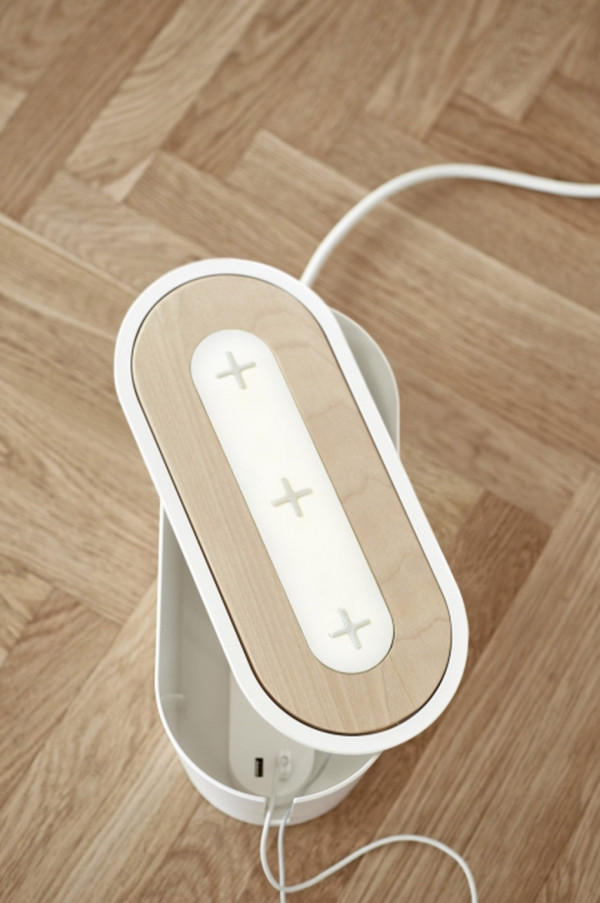It’s been around for a while, but not much attention was given to it, except for the specialty publications. Wireless charging is quite an amazing and comfort enhancer technology; no more wires means no more tangling and no more mess between the desk and the power socket.
[adsense300gray]
Ikea has recently unveiled a line of not so tech-looking bedside lamps, tables and charging plates that have been paired with Qi chargers onto the surface. It sounds great and feels the same, but how does exactly induction charging works? A charging station is equipped with a primary and a secondary coil, creating an electromagnetic field. Any device able to wireless charge takes the energy from the electromagnetic field and transforms it back into electric current, used then to charge a battery or to keep the device running.
Although they are probably betting the consumer is finally ready to embrace this technology, Ikea Business Area manager Jeanette Skjelmose states that through research and home visits, it has been proven that average consumers hate having to deal with cable mess and, sometimes, miss an important call because the phone ran out of battery before they were able to find the right charger.
Even if the Qi standard is the most widespread one in inductive charging domain, it is still a bit far from being used at a global scale, making Ikea’s announcement a bit of a surprise. All the furniture looks just like you’d imagine a product from Ikea; light colored wood, rounded edges and seamlessly integrate Qi ports, the only giveaway element being the plus sign engraved in the wood. While not all mobile phones are compatible with wireless induction charging, there are over 80 models currently supported, including the latest Nokia and Google Nexus.






